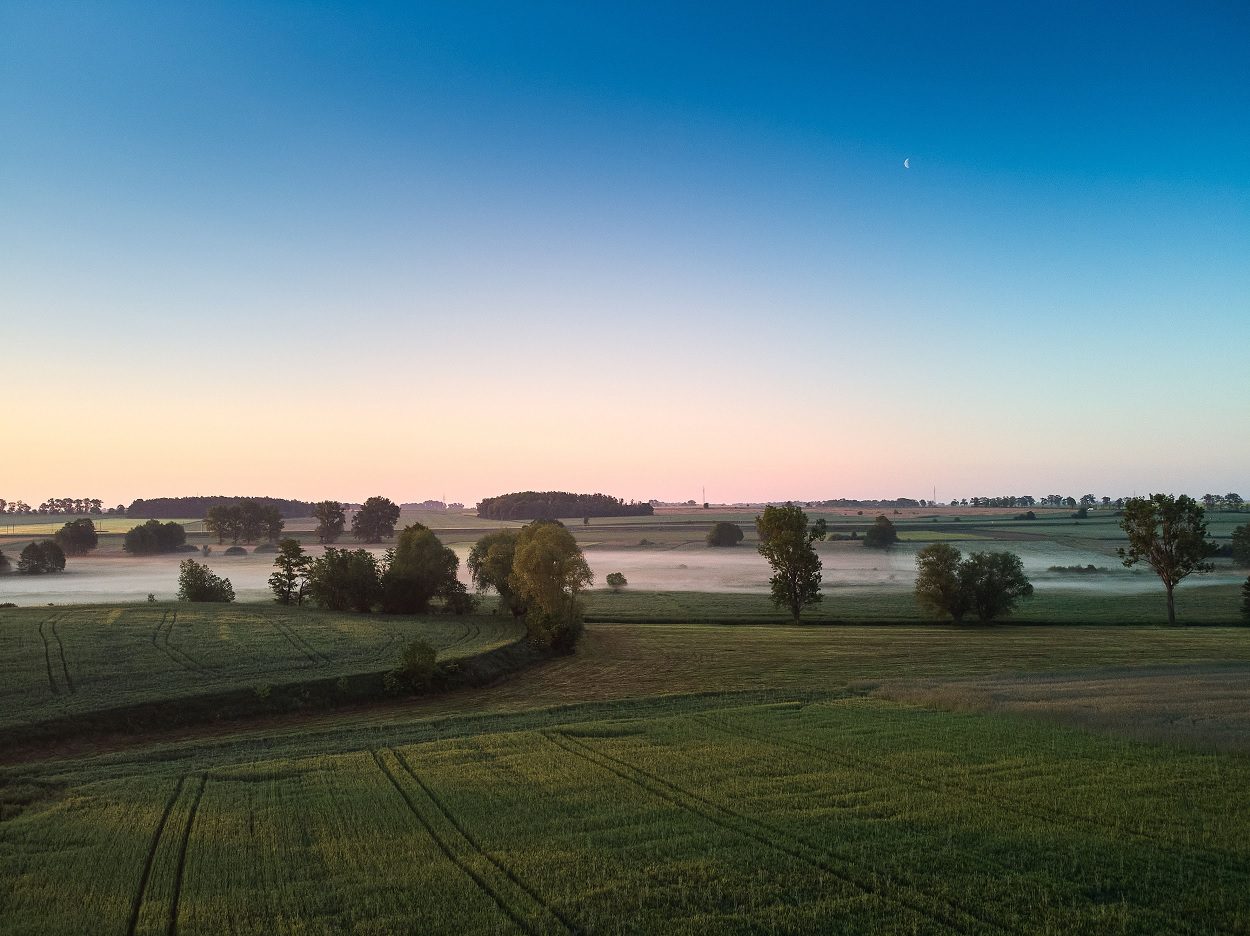Archaeologists have found the remains of a fortified stronghold belonging to the Únětice Culture, situated on an island in a former lake.
The Únětice culture, named for a type-site cemetery in the village of Únětice, was a Bronze Age culture that first emerged around 2300–1600 BC.
The culture is distinguished by its characteristic metal objects, including ingot torcs, flat axes, flat triangular daggers, bracelets with spiral ends, disk- and paddle-headed pins, and curl rings, which are distributed over a wide area of Central Europe and beyond.
One of the most important discoveries attributed to the Únětice Culture is the Nebra sky disc, found buried on the Mittelberg hill near Nebra in Germany. The Nebra sky disc is made from bronze and has a blue-green patina inlaid with gold symbols, that archaeologists have interpreted to represent the Sun or full moon, a lunar crescent, and the stars.
Archaeologists from the Adam Mickiewicz University have discovered a fortified Únětice Culture settlement, located near the town of Śmigiel, in the Kościan County of Poland.
The settlement was situated on an island promontory, where 4,000-years-ago there was a lake on the edge of the Samica Kościańska valley, which today is a flowering meadow. The promontory was cut off from the mainland by a deep moat or ditch, with at least two rows of wooden palisades creating a fortified enclosure.
The settlement occupied an area of 3.7 acres and supported a population of up to 100 people, which the researchers suggest was a metallurgical centre and a stronghold of power in the northern reaches of the Únětice Culture.
The results of the study, published in the “Journal of Archaeological Science: Reports” reveals that the settlement was discovered after a geoarchaeological analysis of the former lake which was formed when a glacier retreated around 18,000-years-ago. Based on core samples obtained by drilling, the lake started to shrink around 800 BC, eventually turning into a large bog at the turn of the era.
Dr. Jakub Niebieszczański, from the Faculty of Archaeology at Adam Mickiewicz University, said: “During field research in the central part of the former lake, we noticed an elongated hill. At its top there were numerous molehills with various monuments, mainly broken fragments of prehistoric vessels. It was quite a surprising discovery, considering that in prehistory the settlement would have been at the centre of the lake.”
Header Image Credit : Studio Galimatias





